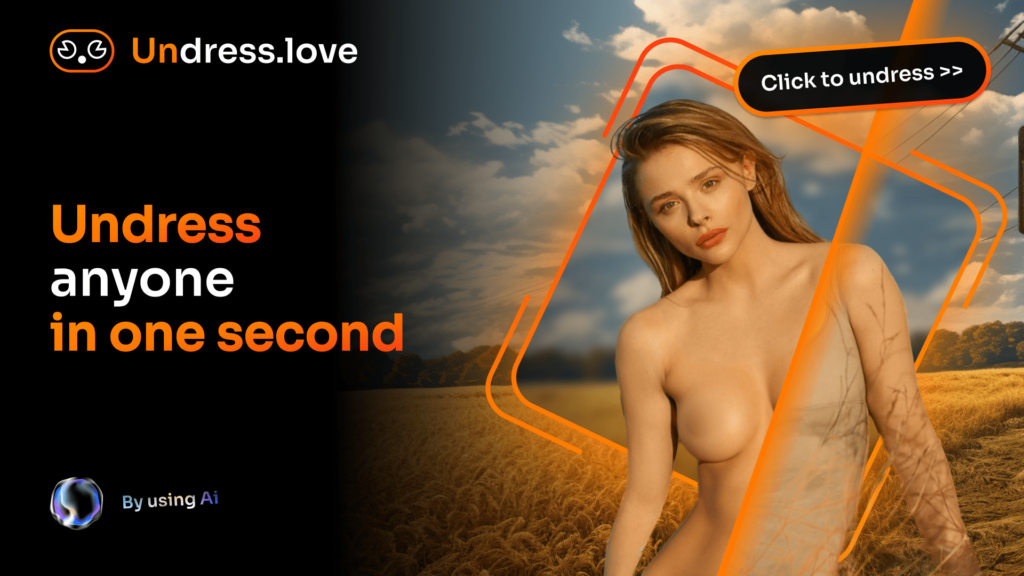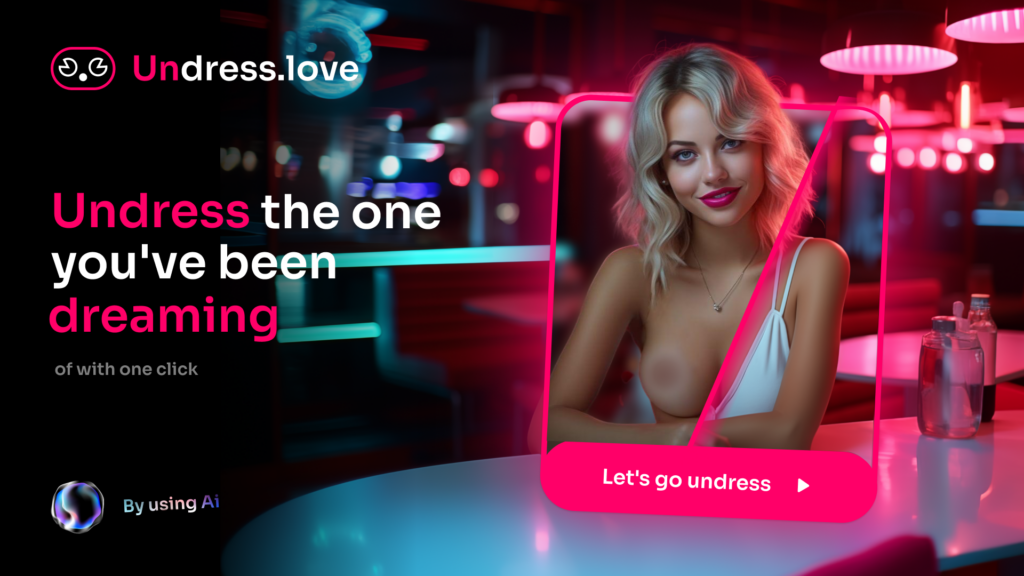
Did you hear about the controversial new AI technology called “Undress AI”? At first glance, it sounds like something out of a sci-fi movie – a platform that can digitally remove clothes from photos of people, without their consent. I was both intrigued and unsettled when I first learned about it. On the one hand, the technological capabilities are impressive, but on the other, I immediately had ethical concerns. Doesn’t this grossly violate personal privacy? What safeguards are in place to prevent misuse or abuse? As this unsettling platform continues proliferating online, should it be allowed to exist at all?
In this article, I’ll explore both sides of the debate around whether Undress AI is ultimately safe – weighing its remarkable technical abilities against the potential real-world harm it may cause. Join me as we unravel the complexities of this modern marvel and ask ourselves, “Is Undress AI truly safe?”
Understanding Undress AI
Undress AI is a type of artificial intelligence technology that uses advanced machine learning algorithms, specifically Generative Adversarial Networks (GANs), to digitally manipulate images by removing clothing from them. The process involves a generator that creates new images and a discriminator that evaluates them. This technology is trained on extensive datasets of clothed and unclothed individuals, allowing it to refine its accuracy and enhance the realism of the generated images over time.
How does Undress AI work?
Here’s how Undress AI typically works:
- Image Upload: Users upload a photo to the Undress AI platform. The photo should be clear and high-resolution to ensure the best possible outcome.
- Image Processing: The AI analyzes the uploaded image, identifying clothing items and discerning body shapes and contours.
- Image Generation: Using GANs, the AI generates a new version of the image where the clothes are digitally removed. The generator creates the image, and the discriminator assesses its realism, iterating until the output is sufficiently lifelike.
- Result Delivery: The manipulated image is then provided to the user. This image is a simulated representation of what the person might look like without clothes.
Understanding the Technical Safety of Undress AI: A Comprehensive Overview
Privacy and Data Protection
Undress AI uses encryption and deletes images after processing to protect user privacy. However, it still collects some data like IP addresses. Users should understand the privacy policy and use caution when uploading personal images.
Safety from malware/viruses
Undress AI claims to use encryption and delete data to protect against malware. However, risks remain as the app collects some user data. Caution is advised when uploading sensitive images.
Accuracy and reliability of images generated
Undress AI’s image results depend heavily on the quality of the input photo. While advanced AI is used, the generated nude images may contain distortions or inaccuracies. Users should approach outputs with skepticism.
Need for security safeguards
Undress AI should implement robust encryption, secure storage, data deletion policies, and consent mechanisms to protect user privacy. Regular security updates and responsible data practices are imperative.
Examining the Ethical Implications of Undress AI
Undress AI, a technology capable of digitally stripping images, sparks intense ethical debate. Its ability to create non-consensual nude images raises serious privacy and consent issues. The technology’s misuse could lead to harassment, emotional distress, and tarnished reputations. Moreover, the potential for data breaches and the lack of clear user consent mechanisms amplify these concerns. As such, there’s a pressing need for stringent ethical standards and robust security measures to ensure the responsible use of Undress AI. Users and developers alike must prioritize respect for individual rights and the implications of digital consent in this rapidly evolving tech sphere.
Navigating the Legal Landscape of Undress AI
Privacy and Consent: Undress AI’s capabilities raise serious privacy concerns. Misuse of the tool, such as generating images without the subject’s consent, can lead to privacy violations, emotional distress, and potential blackmail scenarios. Always seek consent when using such tools.
Legal Consequences: Misuse of Undress AI can lead to legal repercussions. In many jurisdictions, creating or distributing non-consensual explicit images is illegal. For instance, Virginia and New York in the USA have enacted laws specifically targeting Undress AI-type technologies.
Copyright Issues: The copyright of AI-generated images is a complex issue with no clear legal precedent. The general rule is that there must be some significant human input in the creation of the image, not just providing a prompt or setting parameters.
Right to Publicity: U.S. privacy laws, like California’s Right of Publicity Law, protect individuals from unauthorized use of their name, voice, signature, photograph, or likeness. However, enforcing these consent requirements for AI-generated images, especially when anonymously created, is challenging.
AI and Child Safety: If AI technology is used to generate explicit content involving minors, it would be criminally actionable. The Children’s Online Privacy Protection Act (COPPA) governs the collection and use of children’s personal information.
Transparency Obligations: The AI Act imposes minimum transparency obligations on users of AI systems that generate or manipulate images, audio, or video content that appreciably resembles existing persons.
Ethical Considerations: The ethical dimensions of AI in photography are vast and multifaceted. The need for explicit consent, especially when using such powerful tools, cannot be overstated.
Strategies for Responsible Use of Undress AI
Undress AI, a technology that digitally alters images, has sparked significant ethical and privacy debates. While it’s a testament to the power of artificial intelligence, it’s crucial to use it responsibly. Here are some strategies for its responsible use:
Prioritize Consent: Always seek explicit consent before using images of individuals. Respect for privacy and individual rights should be paramount.
Stay Updated: AI technology is constantly evolving. Keep your application updated to benefit from the latest improvements and features.
Understand the Tool: Familiarize yourself with the functionalities and limitations of Undress AI before using it.
Be Cautious with Uploads: Only use trusted platforms and avoid uploading personal or sensitive images.
Educate Yourself: Stay informed about the ethical implications, potential misuses of the tool, and the latest developments in AI ethics and law.
Respect Legal Boundaries: Be aware of your country’s regulations and ensure you’re not inadvertently breaking any laws.
Support Ethical Platforms: Engage with online platforms that prioritize user privacy and have clear policies against misuse.
Report Misuse: If you encounter any misuse of the technology, report it to the relevant authorities.
Use Low-Resolution Photos: Undress AI tools often require high-resolution images to work effectively. By sharing lower-resolution photos, you reduce the chance of misusing them.
Promote Respectful Interactions: Foster an environment that promotes consent, diversity, and inclusivity.
Remember, with great technological power comes the need for equally great responsibility. Both creators and users must navigate this space thoughtfully, ensuring that advancements in AI continue to serve and respect human dignity and societal norms.
Top FAQs Related to Undress AI 2024
Does Undress AI store user data and photos?
What are the legal implications of using Undress AI?
How can I protect my privacy when using Undress AI?
What are the potential risks of using Undress AI?
How can users protect themselves from AI Undressing Apps?
Final Verdict
In conclusion, the safety of Undress AI is a complex issue, intertwining technology, ethics, and law. While Undress AI showcases the power of artificial intelligence, it also raises serious concerns about privacy, consent, and potential misuse. As a user, it’s crucial to navigate this space responsibly, respecting individual rights and legal boundaries. If you’re looking for a best Undress AI tool in 2024, I’d suggest exploring Undress.love.
At Undress.love, we prioritize user privacy, employ robust security measures, and emphasize ethical use. It’s a testament to how AI can be harnessed responsibly, balancing innovation with respect for human dignity. Remember, the key to safely using such powerful tools lies in understanding their capabilities, limitations, and the ethical implications they carry. Let’s use these advancements to enri





Leave a Reply